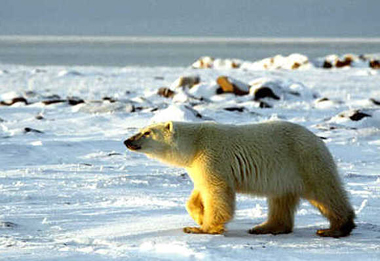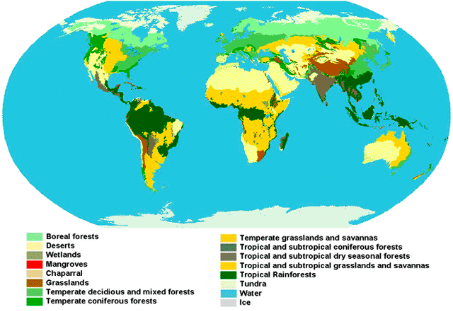Did you ever wonder how Solar Energy Panels work?
Science Year Four
The main purspose of this blog is to offer a sensible way to my students' parents of sharing the subject Science and Environment with their children.
Saturday 10 May 2014
Sunday 4 May 2014
Renewable sources of energy.
Solar energy is the solar radiation that reaches the Earth.
Wind energy is mainly used to produce electricity.
Hydropower is a source of electricity.
Geothermal energy is the heat from the Earth.
Biomass is organic material from plants and animals.
Saturday 3 May 2014
Non-renewable sources of energy.
Non-renewable sources of energy cannot be replaced.
Fossil fuels:
Friday 2 May 2014
Thursday 1 May 2014
Uses of energy.
We use a lot of energy in our homes, in businesses, in industry, and for personal travel and transporting goods.
- The industrial sector includes facilities and equipment used for manufacturing, agriculture, mining, and construction.
- The transportation sector comprises vehicles that transport people or goods, such as: cars, trucks, buses, motorcycles, trains, subways, aircraft, boats, barges, and even hot air balloons.
- The residential sector consists of homes and apartments.
- The commercial sector includes buildings such as offices, malls, stores, schools, hospitals, hotels, warehouses, restaurants, places of worship, and more.
Wednesday 2 April 2014
Water habitats
- Pond: Small area of fresh water. The water doesn't move. Many plants live in and around the ponde. There are fish, forgs, turtles, ...
- Oceans and seas: saltwater habitats. They are the habitat for algae, fish, mammals, birds, invertebrates, ...
Tuesday 1 April 2014
Population and community.
A population of animals is a group of animasls of the same type living in the same place (or habitat).
A population needs water, food and shelter to live.
A community include all the organisms living in the same place (or habitat).
A population needs water, food and shelter to live.
A community include all the organisms living in the same place (or habitat).
Monday 31 March 2014
Land Habitats
Land habitats:
- Deserts: they are dry, hot during the day and cold at night. Organisms vave to adapt to difficult conditions.
- Grasslands: low rainfall, hot summers, cold winters. There are few trees. Habitat for zebras, lions, cheetahs or antilopes.

- Rainforests: they are wet, sunny and warm places There is a rich wildlife.
- Forests: habitats with trees. Two types of trees:
a) Deciduous trees: they lose their leaves in autumn.

b) Evergreen trees: they have leaves all year long.
- Arctic Region: low temparatures and low rainfall. Animals and plants are adapted to low temperatures.

World's Land Habitats:

Habitats
The habitat is the place where a community
of animals live.
There are two main
habitat kinds:
1- Land habitats.
2- Water habitats.
Saturday 29 March 2014
Subscribe to:
Posts (Atom)









